I wasn’t quite sure what to expect in the mountains of Japan. Until about a year ago, when Amanda came here for the first time, I didn’t even know that the Japanese Alps existed. Sure, everyone’s heard of Mt. Fuji, and perhaps skiing and the Winter Olympics in Nagano, but I had no idea about the expanse of other mountains that go on for miles and miles or the endless snow-covered peaks to climb. I certainly did not expect lines of people trekking up the trails, lodges near the tops of 9,000-foot mountains, or camping on a ledge of snow with 50 or more other people in the middle of July.
But that is what I got.
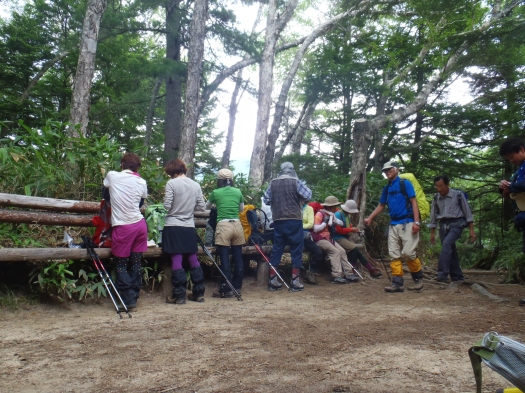
Looking at these mountains, you wouldn’t expect it. They are steep, and seemingly expansive enough that you could get away from the crowds of people and find some solitude. But, in Chubu-Sangaku National Park, you are only allowed to camp in designated spots, and aren’t even allowed to go off trail in most places (with the exception of us with our research permits). And so, you join the droves of tour groups, families with kids, and grandparents who could probably kick your ass, all on a quest to get some time outdoors.
Though I’m a gal who loves the solitude of sleeping in a tent and not being able to see a single other soul, not hearing anything but the wind and the birds, and getting away from human civilization for a little while, I also am all for getting more people outside in nature, and I fervently believe in its importance. And so, I think it’s a great thing that the hiking, camping, and mountain experience is accessible to so many people, and that so many people actually take advantage of it. Besides, it’s hard not to smile and have your heart warmed by the sight of a group of 70-year-old women exchanging giddy high-fives after climbing a not-so-small mountain. It just took a little bit of adjustment on my part to get used to this different experience.
That adjustment took place while hiking up Mt. Tsubakurodake, a 2764 meter (9064 foot) peak, which translates to mean “swallow mountain.” The ascent was nothing short of steep, an elevation gain of almost 4500 feet in a distance of less than three miles. And all along the way, we exercised our voices as well as our legs, discovering that every single person that you pass on the trail says hello. This became an exhausting endeavor as we passed what seemed to be at least 50, maybe a hundred, people in those three miles of brutal uphill. The fact that we were two American women, carrying a strange pole, also triggered many a question—some asked in Japanese that we sometimes could and sometimes couldn’t understand, and some asked in broken English. A few of these conversations led to “trail friends,” as we dubbed those we had any sort of interaction with, beyond the usual hello. And some of those trail friends led to the learning of important information, such as how to fill out the forms needing to be filled out in order to go hiking (yet another strange thing) and how to not get ripped off by a taxi driver.
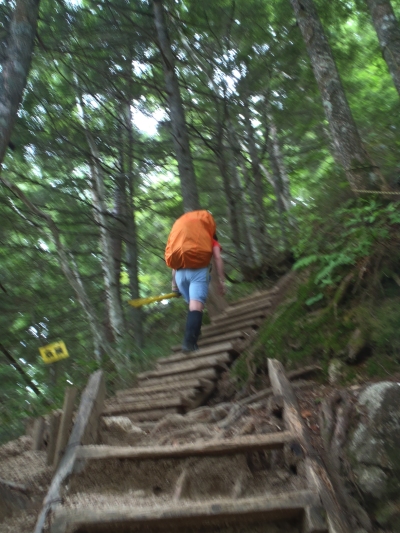

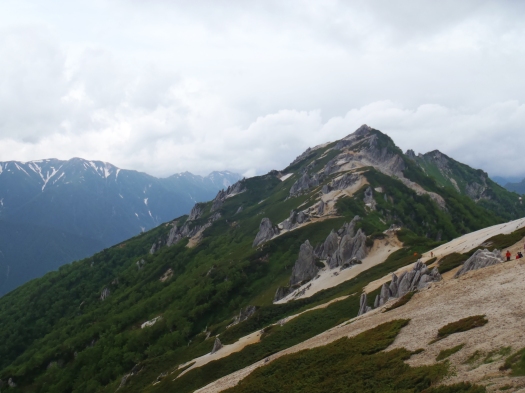

The ascent ended at a lodge near the top of Tsubakurodake, and we caught our first glimpse of where we would be staying for the next few nights—not in the lodge, but in a campground of sorts that was already packed with brightly-colored tents. We made our way down to the tenting area, where we searched for space that seemed to be nearly nonexistent, except for a slightly-sloping location on a ledge of snow, unnervingly close to the edge that plunged steeply into the valley below. But it was what we had to work with, so as it began to pour and icy water droplets stung our faces and hands, we struggled to set up and stake down the tent while attempting to keep gear and the inside of the tent dry. This endeavor wasn’t the most successful, especially after a good portion of our Platypus water reservoir spilled inside, running down the nylon fabric and pooling under our sleeping pads. Staying dry, was, at this point, a lost cause.
So was staying warm, as I discovered that my patch job on the hole in my Thermarest, the consequence of using it as a seat too close to the fire on a previous winter camping trip, was less than good enough. As air escaped the pad and left me basically lying on the snow with only a couple thin layers between my body and the icy bed, I began to shiver in my normally-cozy sleeping bag, and I knew it was going to be a long night.
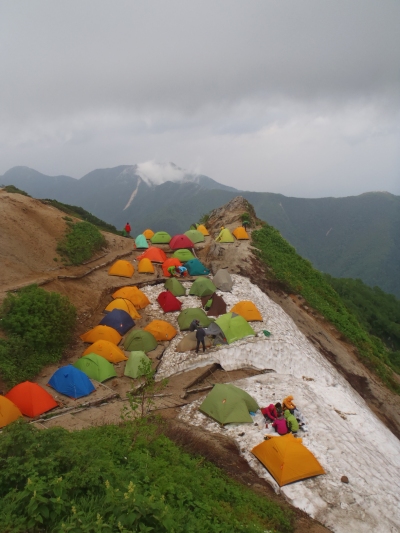
The morning hours brought slightly warmer temperatures, and I felt comfortable for the first time since dusk, but it also brought the cacophony of swarms of people waking up at 4:30am to watch the sunrise—a practice that we discovered is normal in the mountains, and completely worth it if it’s not entirely cloudy and foggy. But that morning, the clouds obscured all but the faintest of light and color poking through, and I opted to stay in the tent for a little while longer in an attempt to at least get a few good hours of sleep.
With that mission accomplished, we finally crawled out into the cold, damp world to indulge in a morning meal of instant coffee and Calorie-Mate, a shortbread-like biscuit that is so far the only thing we have found to eat for breakfast while camping that has a substantial enough number of calories to start the day and not leave our stomachs growling with hunger by 9am. The strange breakfast was followed by an even stranger task—buying water. To me, buying water while camping seems a little bit absurd, as usually, a large factor in choosing a spot to camp is water availability. But up here, there is a campground on top of a mountain, while the closest stream is at the bottom of said mountain. So, the lodge collects rainwater and sells it for entirely too much money to campers and hikers who don’t want to haul all the water they would need for their entire stay up those 4500 feet—which is basically everyone. And so, as strange, annoying, and wrong-feeling as it is, we suck it up and pay, but not without giving serious consideration to fashioning our own rainwater collection system on our tent. Those ideas are still in progress.
The dense fog prevented us from beginning work right away that morning, because we weren’t entirely sure where the sites were going to be yet, and we needed to be able to see down the mountainside to assess potential locations. So while we waited for clearer conditions, we hiked to the summit of Tsubakurodake, and I bagged my first Japanese peak amidst the clouds and wind and rain and the company of a lone ptarmigan that sat on the rocks, fluffing its feathers against the icy gusts. Amanda and I stood near the summit for a long time, watching the clouds rip past, moving in and out of the valley at incredible speed, opening up views to the next set of mountains and the rich green of the trees and, far below, a barely-visible stream. Just as quickly, the curtain closed, leaving us enveloped in white again.
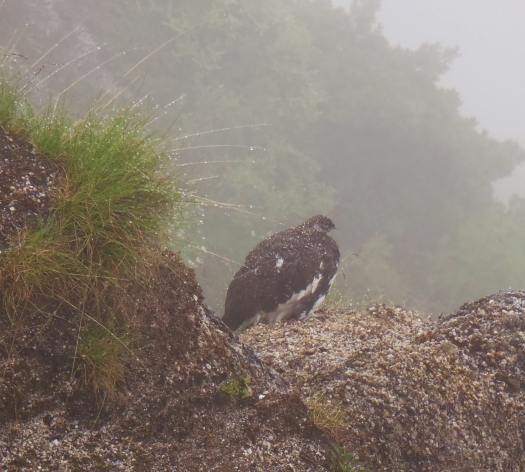
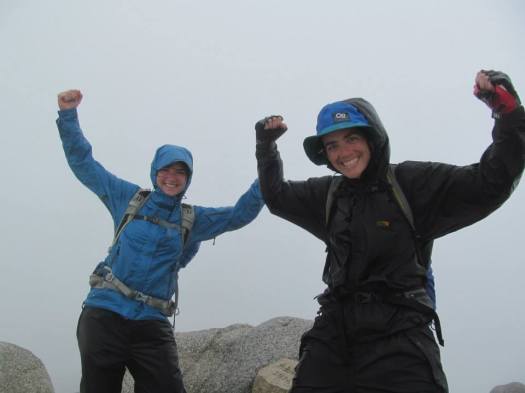
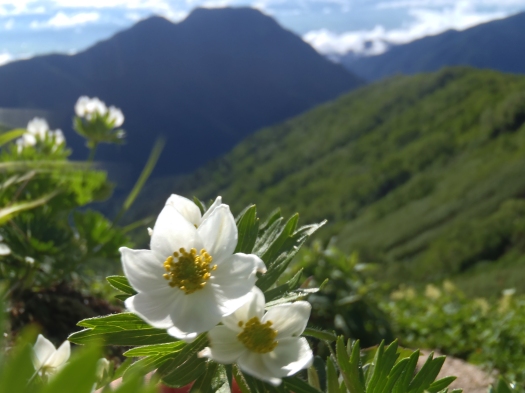
By afternoon, the fog had cleared enough that we could begin work, and as we headed off trail to hike to the study site, I was quickly and slightly unexpectedly introduced to Haimatsu—a low-lying pine that grows in high elevations and basically forms a mat of dense branches and scratchy needles that is seemingly near-impossible to walk through. I quickly became frustrated as my feet got wedged and stuck between branches, and I felt like I couldn’t take a single step without falling and tangling myself even more. But after a little bit of time and an attitude shift, I began to see the crawl through the bushes as less of an annoyance and more of a comedic challenge. On our way back up the mountain, Amanda taught me a way to “climb” the pines, stepping on lower branches and grabbing higher ones to pull yourself up—a skill that may or may not ever be useful after this summer, but at least will save me much frustration and energy over the next couple of months.
The next day was slightly more productive, even with a long break in work to observe a family of Japanese macaques (aka snow monkeys) that happened to come across us in the middle of the woods. These monkeys stereotypically hang out in hot springs, so even though I knew they existed in these mountains, I knew our chances of seeing them were pretty slim. But as luck would have it, we found ourselves watching four or five monkeys of varying ages rip clumps of leaves off shrubs and stuff them into their mouths, and climb around in the treetops and on the hillside. We were awed, completely captivated by this scene that even most Japanese probably never have experienced. The monkeys clearly knew we were there—they looked directly at us multiple times—but they didn’t seem to care, going about their business as we sat and stared.

We finished work and hiked up the mountainside a little later than expected due to our monkey observations, but we emerged above the trees and onto the open ridge at a perfect moment—just in time for a gorgeous sunset. Pink, purple, and orange light bathed the surrounding mountains, clouds hung in the valleys, and below us a bear grazed, wandering around, munching on various plants. The wind was cold, but I didn’t care. I was too busy taking in the scene around me, ecstatic about the day, dreaming about climbing all the other mountains in my field of view, especially Mt. Yarigatake, a 10,500-foot, pointy, rocky peak that dominates the alpine panorama here.
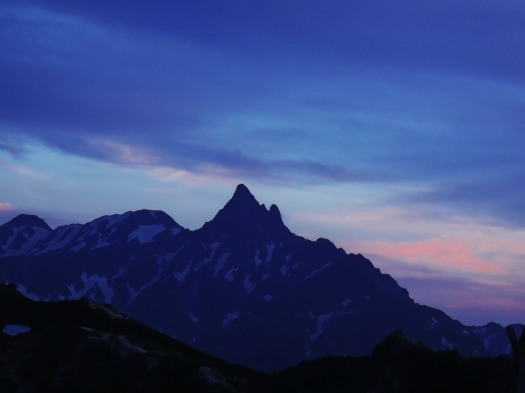
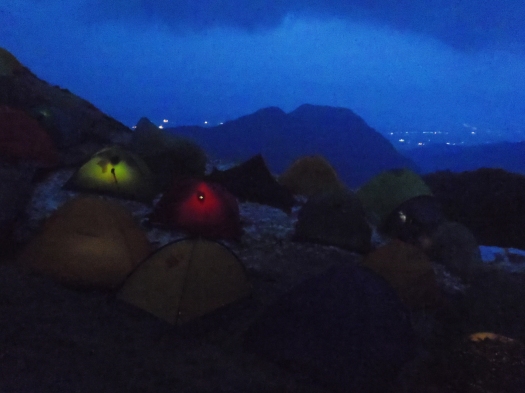
We cooked dinner in the dark, then just sat for a while, sipping tea and basking in the quiet of the finally-nearly-empty campground, the end of the weekend bringing a drastic decrease in the population in the mountains. The next morning, before we left to head back to town, we finally saw for ourselves why it is worth it to wake up at 4:30am on a clear day, as we experienced what was undoubtedly one the most beautiful sunrises I’ve ever seen. The colors in the clouds and on the mountains, and the rays of the sun gently grazing the sea of clouds below us made it easy to see why Japan has earned the nickname of The Land of the Rising Sun.
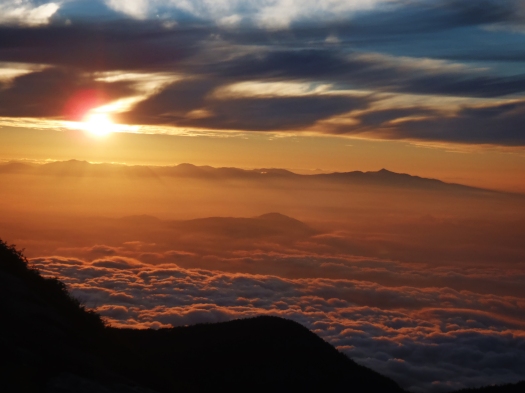

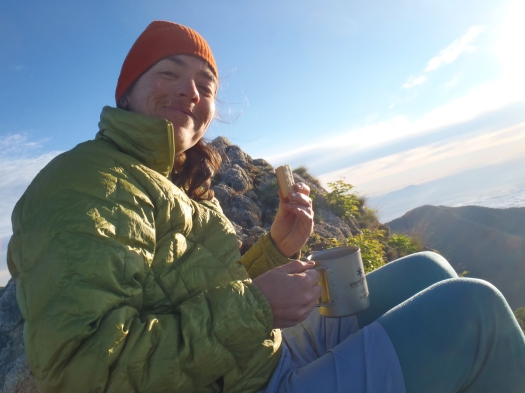
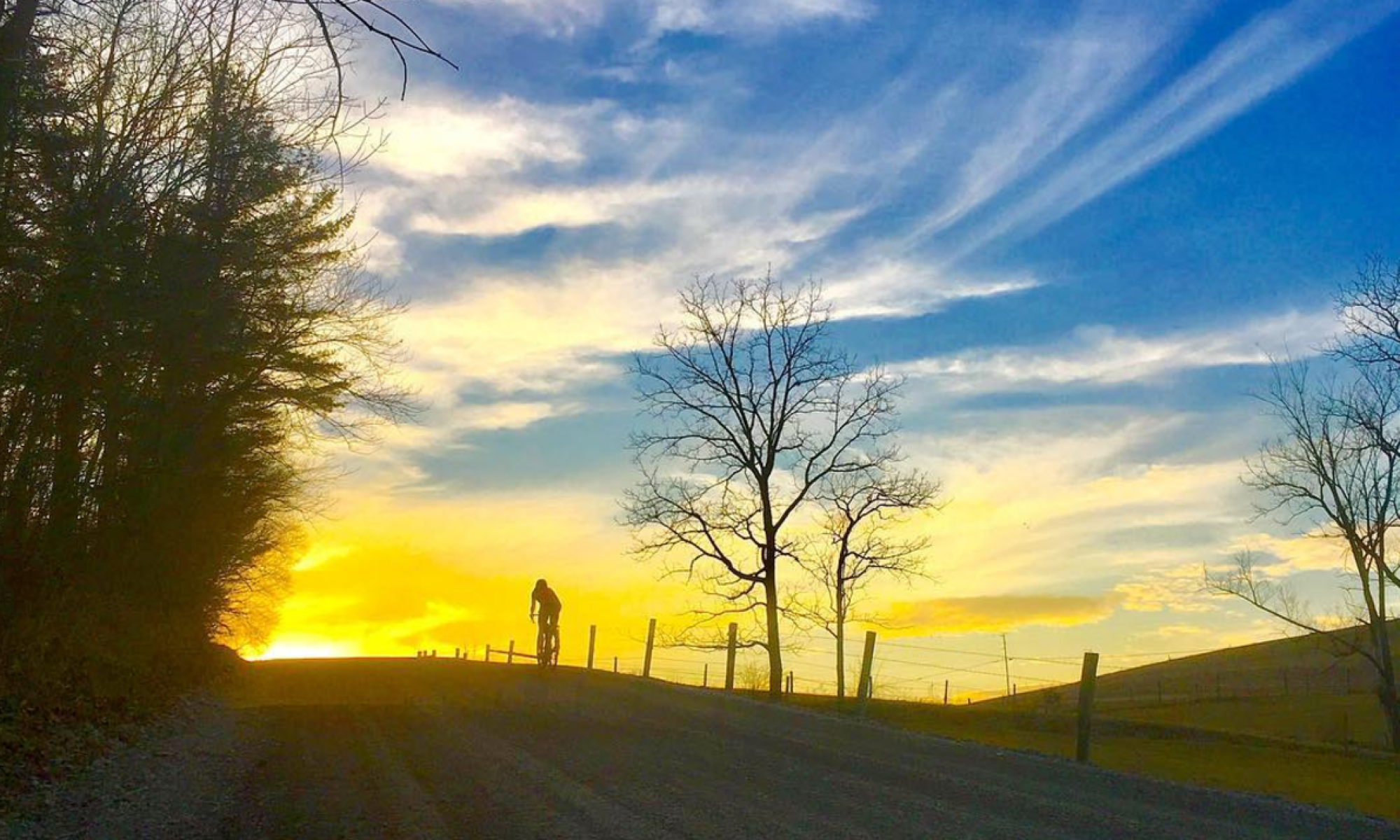
The views are so spectacular!
I can stay there forever.
LikeLike